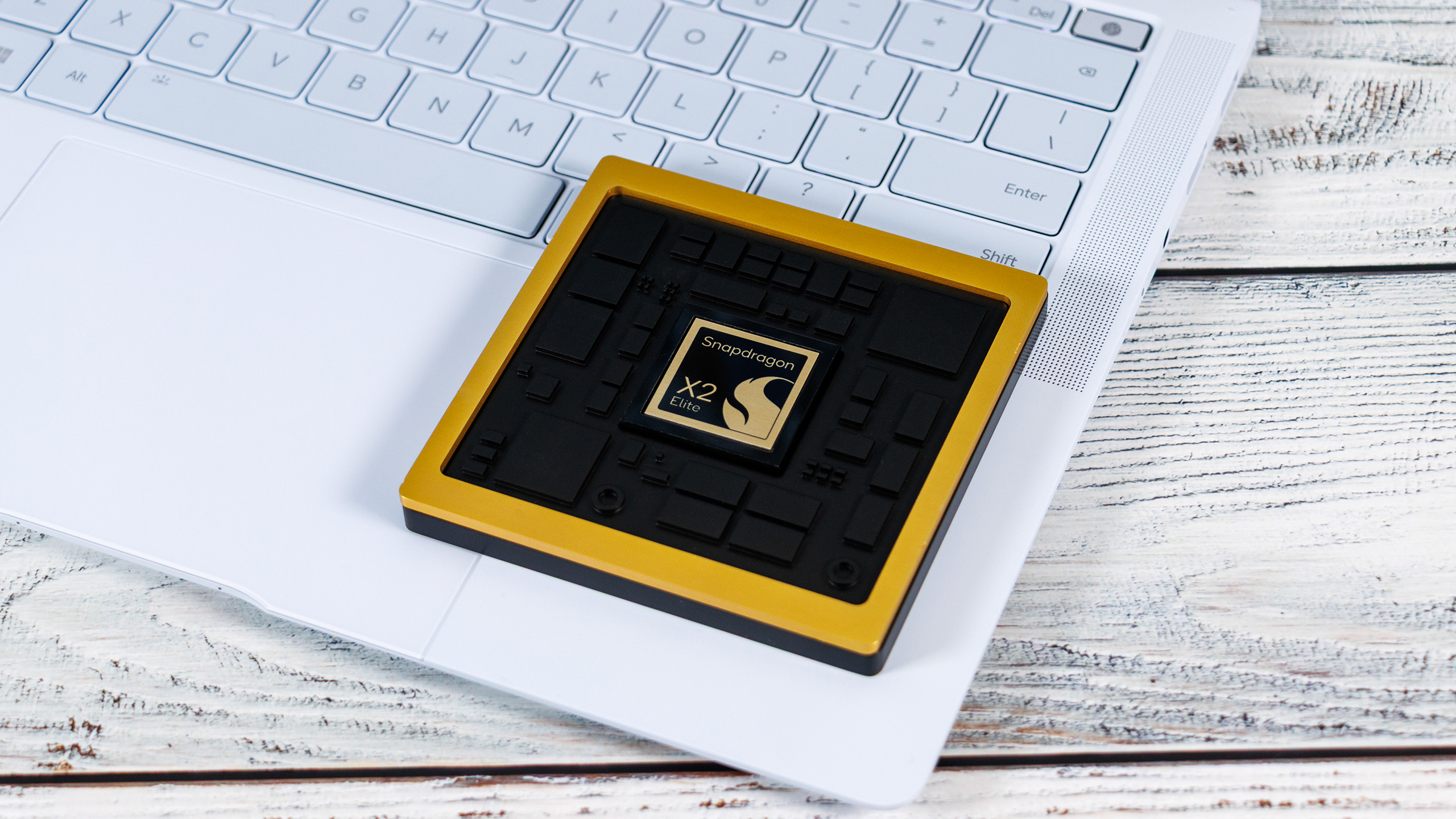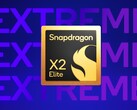Qualcomm was kind enough to invite us to San Diego last week for its first Architecture Deep Dive for the Snapdragon X2 series. The chip giant had already provided initial insights into the new ARM-based platform for Windows PCs during the summit in Hawaii (we reported).
These insights were now to be explored in greater depth on site. In addition to the top-of-the-range Snapdragon X2 Elite Extreme (96-100) SoC, Qualcomm also took a closer look at the two smaller chips: the Snapdragon X2 Elite with 12 and 18 cores respectively.
| X2E-96-100 | X2E-88-100 18c | X2E-80-100 12c | |
|---|---|---|---|
| CPU-Cores | 18 Cores12 Prime-Cores up to 5.0 GHz6 Performance-Cores up to 3.6 GHz | 18 Cores12 Prime-Cores up to 4.7 GHz6 Performance-Cores up to 3.4 GHz | 12 Cores6 Prime-Cores up to 4.7 GHz6 Performance-Cores up to 3.4 GHz |
| Memory | LPDDR5xBandwith: 228 GB/sBus width: 192-bit | LPDDR5xBandwith: 152 GB/sBus width: 128-bit | LPDDR5xBandwith: 152 GB/sBus width: 128-bit |
| GPU | Adreno X2-90up to 1.85 GHz | Adreno X2-90up to 1.70 GHz | Adreno X2-85up to 1.70 GHz |
| NPU | Hexagon with up to 80 TOPS (INT8) | Hexagon with up to 80 TOPS (INT8) | Hexagon with up to 80 TOPS (INT8) |
| PCIe | 12 lanes (Gen 5.0)4 lanes (Gen 4.0) | 12 lanes (Gen 5.0)4 lanes (Gen 4.0) | 8 lanes (Gen 5.0)4 lanes (Gen 4.0) |
Thanks to FastConnect 7800, both support Wi-Fi 7 with tri-band support and Bluetooth 5.4. The Snapdragon X75 modem system supports 5G with up to 10 GBit/s download and 3.5 GBit/s upload speeds.
A total of 53 MB of cache is available to the two 18-core models, and 34 MB to the 12-core model. All can access 9 MB of last-level cache. In addition to dual NVMe, all modern SD standards are supported and up to three additional displays can be powered. These can operate at either 4k up to 144 Hz or 5k / 60 Hz. Lower resolutions do not allow for higher refresh rates or more displays.
CPU - Staggered clock speeds for the Snapdragon X2 Elite (Extreme)
The Snapdragon X2 Elite series SoCs operate with one or two prime core clusters. Each cluster consists of six prime cores. Qualcomm is talking about a so-called multi-level boost for each individual cluster for the first time. This means that the clock speed of the cluster varies depending on how many cores are active. With the X2 Elite Extreme (96-100), this is up to 5.0 GHz with one active core, up to 4.8 GHz per core with two, up to 4.47 GHz with three, and up to 4.45 GHz with even more cores. Since the X2 Elite Extreme has two prime clusters, the full 5.0 GHz can also be achieved in dual-core mode, as both prime clusters then use one core each at maximum clock speed.
The X2 Elite (88-100) with 18 cores can also take advantage of the same principle, as it also has two prime clusters, but with a slightly lower clock speed. The X2 Elite (80-100) with 12 cores, on the other hand, does not have these capabilities, as it only has one prime cluster.
Another advantage of the Snapdragon X2 Elite series is that performance remains absolutely stable in most cases, even when running on battery power.
GPU – Significant improvements in performance-intensive applications
The Adreno X2 GPU has greatly improved its performance and efficiency compared to its predecessor. During a tech demo, we were able to admire games such as Wukong and Cyberpunk on the smaller X2 Elite (88-100), which ran smoothly in 1080p with medium details.
The increased performance was also clearly visible in video editing, as several 4K preview renderings were displayed absolutely smoothly in parallel in Davinci Resolve, which was comparable to a slideshow in the first generation.
Benchmarks of the Snapdragon X2 Elite Series
In Geekbench, the single-core scores of the 88-100 with 18 cores already reach a level that can compete with Apple's M4 Pro. The 12-core processor lands just behind the M4. However, the latest Apple M5 remains the benchmark at the moment and also keeps the X2 Elite Extreme at a distance.
In the multi-core test, Qualcomm's top model leaves Apple's SoCs behind in the comparison field, and even the smaller 18-core chip is on par with an M4 Pro. So there is plenty of CPU power available, but here too, Apple is expected to reclaim its crown with the M5 Pro.
In Cinebench, Apple dominates single-core performance. In the multi-core score, the Pro chipsets also finish ahead of the two smaller Snapdragons, but the X2 Elite Extreme comes out on top in the comparison field.
In 3DMark, Qualcomm demonstrates that its Adreno GPUs (X2-90 and X2-85) also deliver plenty of performance and are well suited for gaming. However, the scores are not optimally comparable, as they are on-screen values.
All in all, Qualcomm demonstrates a significant increase in performance, which will ensure great everyday performance for most users, even casual gamers.
Cinebench 2024: CPU Single Core | CPU Multi Core
3DMark: Solar Bay Score | Steel Nomad Light Score
Jetstream 2: 2.2 Total Score
Cinebench 2024: CPU Single Core | CPU Multi Core
3DMark: Solar Bay Score | Steel Nomad Light Score
Jetstream 2: 2.2 Total Score
Look ahead: Products not expected until the first half of 2026
With the Snapdragon X2 Elite series, Qualcomm has succeeded in creating a powerful chipset that has a lot to offer in all areas and represents a noticeable improvement over its predecessors. However, there is a long wait between the announcement and the first products, with Qualcomm vaguely referring to the first half of 2026.
We expect the first products to be unveiled at CES 2026. In addition to classic notebooks, AiO PCs or mini PCs are also conceivable. Qualcomm has also presented the latter as its own concept to show what is technically possible.
Transparency
The author received information about this article in the context of an event hosted by the manufacturer. Any travel and accommodation costs were fully or partially covered by the manufacturer. The manufacturer had no influence on this article, nor was there any obligation to publish it.



















